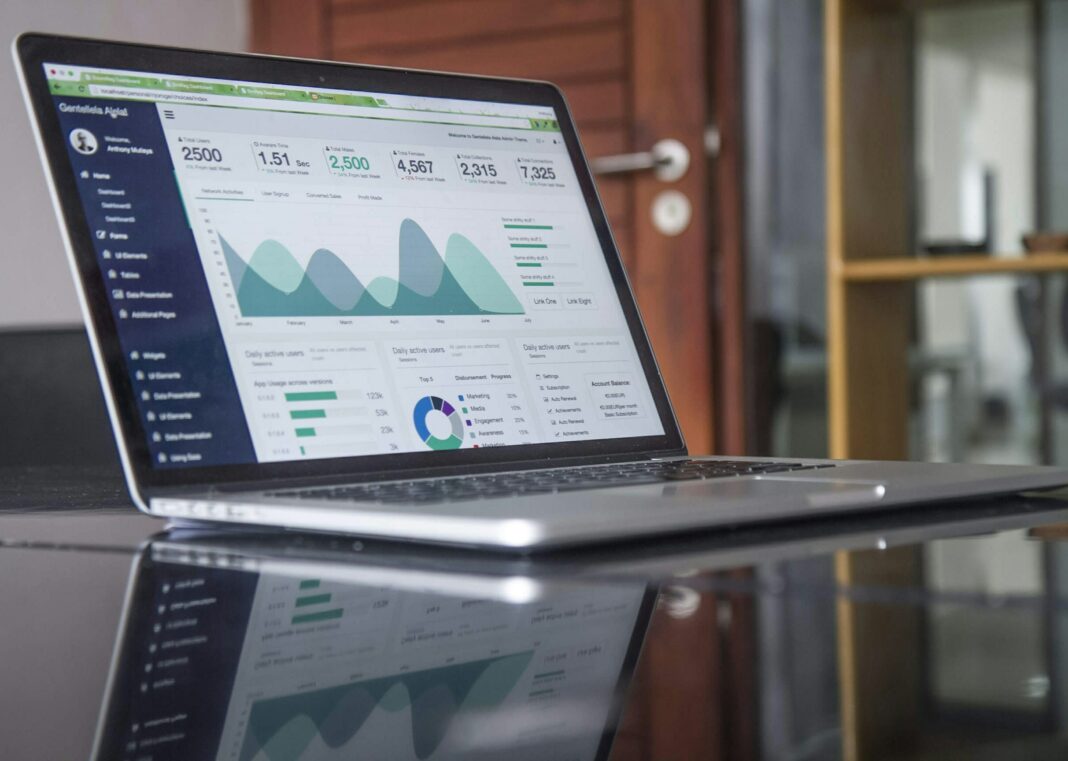From BI to Augmented Analytics delves into practical strategies for data analytics teams to transform intricate data into tangible outcomes. This article elucidates the significance of this transition, the fundamental components required for its implementation, and the key performance indicators to monitor. Readers will be enlightened on the data sources to prioritize, the process of selecting appropriate models, and establishing a streamlined governance framework to expedite deliverables. The brief summary accentuates common challenges, a straightforward path from testing to deployment, and prompt victories achievable within weeks. It concludes with insights on essential tools, crucial team competencies, and compelling real-world scenarios demonstrating return on investment. This guide caters to novices and busy stakeholders alike, maintaining a succinct narrative devoid of excessive technical terms while offering actionable insights.
As organizations evolve, the progression from Business Intelligence (BI) to Augmented Analytics signifies a leap towards enhanced decision-making capabilities fueled by advanced technologies. BI traditionally revolved around reporting past data, whereas Augmented Analytics leverages machine learning and AI algorithms to generate insights, predict outcomes, and automate decision-making processes in real-time. This paradigm shift empowers data analytics teams to extract actionable intelligence swiftly, enabling them to identify trends, anomalies, and correlations that may not be apparent with conventional BI tools. To implement Augmented Analytics successfully, teams must first establish a robust data infrastructure, encompassing data lakes, data warehouses, and data pipelines to ensure seamless data flow and accessibility. Collaborating with data engineers, data scientists, and domain experts is crucial to curate the most relevant datasets and build accurate predictive models. Lightweight governance mechanisms should be enforced to balance agility with compliance, ensuring data accuracy, privacy, and security. Key performance indicators (KPIs) such as data quality, model accuracy, and user adoption rate should be closely monitored to gauge the effectiveness of Augmented Analytics initiatives. Identifying and prioritizing the most valuable data sources, refining model selection processes, and fostering a culture of continuous learning and experimentation are pivotal to driving successful augmented analytics transformations. By following a structured roadmap, organizations can progress from pilot projects to full-scale production, delivering quick wins and sustainable outcomes. Real-world examples showcasing the transformative impact of augmented analytics across diverse industries underscore the tangible benefits and competitive advantages it brings. As the demand for data-driven insights intensifies, mastering the tools, technologies, and methodologies associated with Augmented Analytics becomes imperative for organizations looking to unlock their data’s full potential and gain a competitive edge.

In essence, the transition from Business Intelligence to Augmented Analytics signifies a paradigm shift in how organizations leverage data to drive innovation, enhance operational efficiency, and gain a competitive edge. By embracing advanced technologies and fostering a data-centric culture, businesses can harness the power of Augmented Analytics to derive actionable insights, mitigate risks, and capitalize on emerging opportunities. As data continues to proliferate and complexities rise, the ability to transform raw information into strategic advantages through augmented analytics will be a defining factor for success in the digital age.



